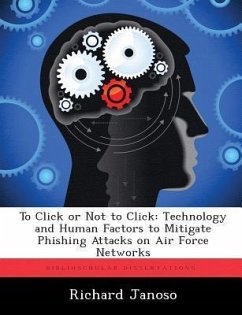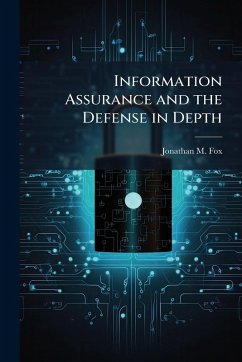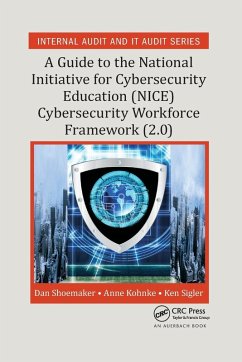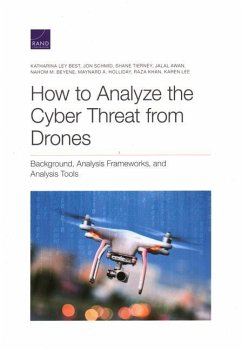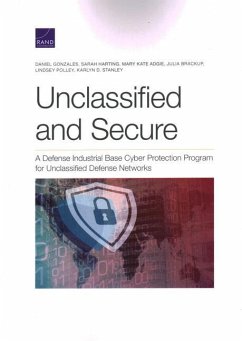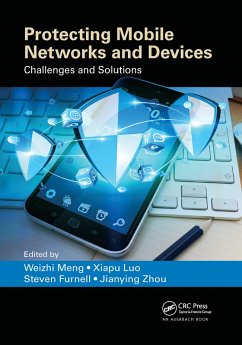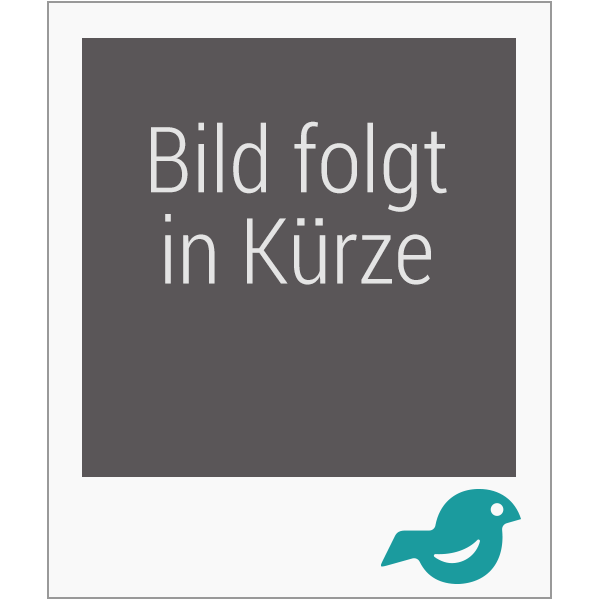
A Study to Determine Damage Assessment Methods or Models on Air Force Networks
Versandkostenfrei!
Versandfertig in über 4 Wochen
15,99 €
inkl. MwSt.
Weitere Ausgaben:

PAYBACK Punkte
8 °P sammeln!
Damage assessment for computer networks is a new area of interest for the Air Force. Previously, there has not been a concerted effort to codify damage assessment or develop a model that can be applied in assessing damage done by criminals, natural disasters, or other methods of damaging a computer network. The research undertaken attempts to identify if the Air Force MAJCOM Network Operations Support Centers (NOSC) use damage assessment models or methods. If the Air Force does use a model or method, an additional question of how the model was attained or decided upon is asked. All information...
Damage assessment for computer networks is a new area of interest for the Air Force. Previously, there has not been a concerted effort to codify damage assessment or develop a model that can be applied in assessing damage done by criminals, natural disasters, or other methods of damaging a computer network. The research undertaken attempts to identify if the Air Force MAJCOM Network Operations Support Centers (NOSC) use damage assessment models or methods. If the Air Force does use a model or method, an additional question of how the model was attained or decided upon is asked. All information comes from interviews, via e-mail or telephone, of managers in charge of computer security incidents at the Major Command level. The research is qualitative, so there are many biases and opportunities for additional, more research. Currently, there is some evidence to show that several Network Operations Support Centers are using some form of damage assessment, however, each organization has highly individualized damage assessment methods that have been developed internally and not from a re-producible method or model. This work has been selected by scholars as being culturally important, and is part of the knowledge base of civilization as we know it. This work was reproduced from the original artifact, and remains as true to the original work as possible. Therefore, you will see the original copyright references, library stamps (as most of these works have been housed in our most important libraries around the world), and other notations in the work. This work is in the public domain in the United States of America, and possibly other nations. Within the United States, you may freely copy and distribute this work, as no entity (individual or corporate) has a copyright on the body of the work. As a reproduction of a historical artifact, this work may contain missing or blurred pages, poor pictures, errant marks, etc. Scholars believe, and we concur, that this work is important enough to be preserved, reproduced, and made generally available to the public. We appreciate your support of the preservation process, and thank you for being an important part of keeping this knowledge alive and relevant.



